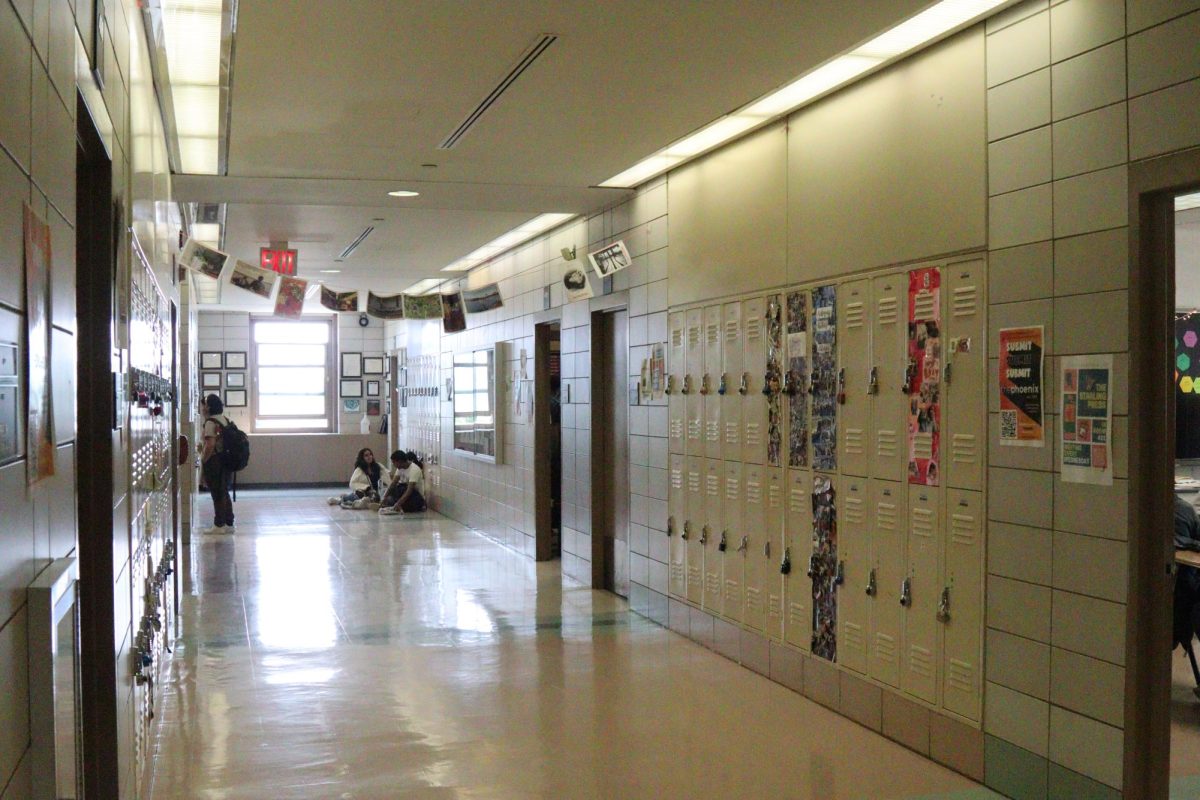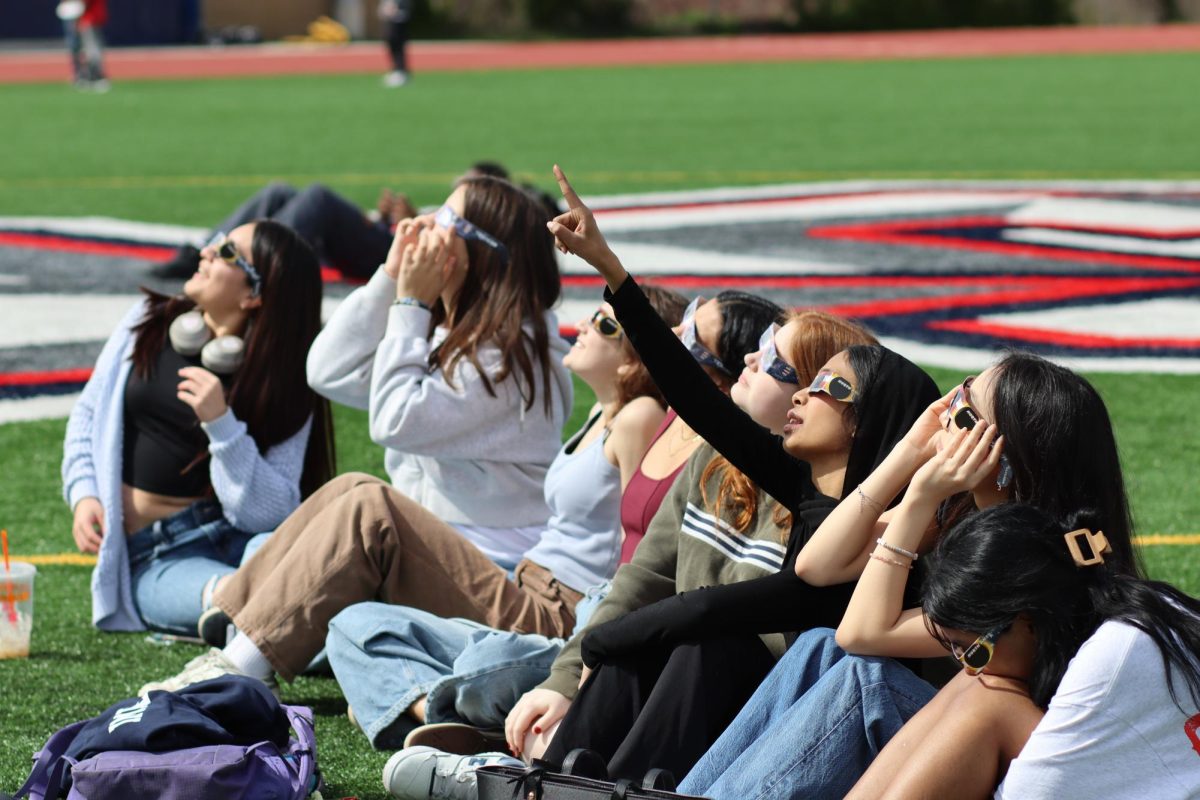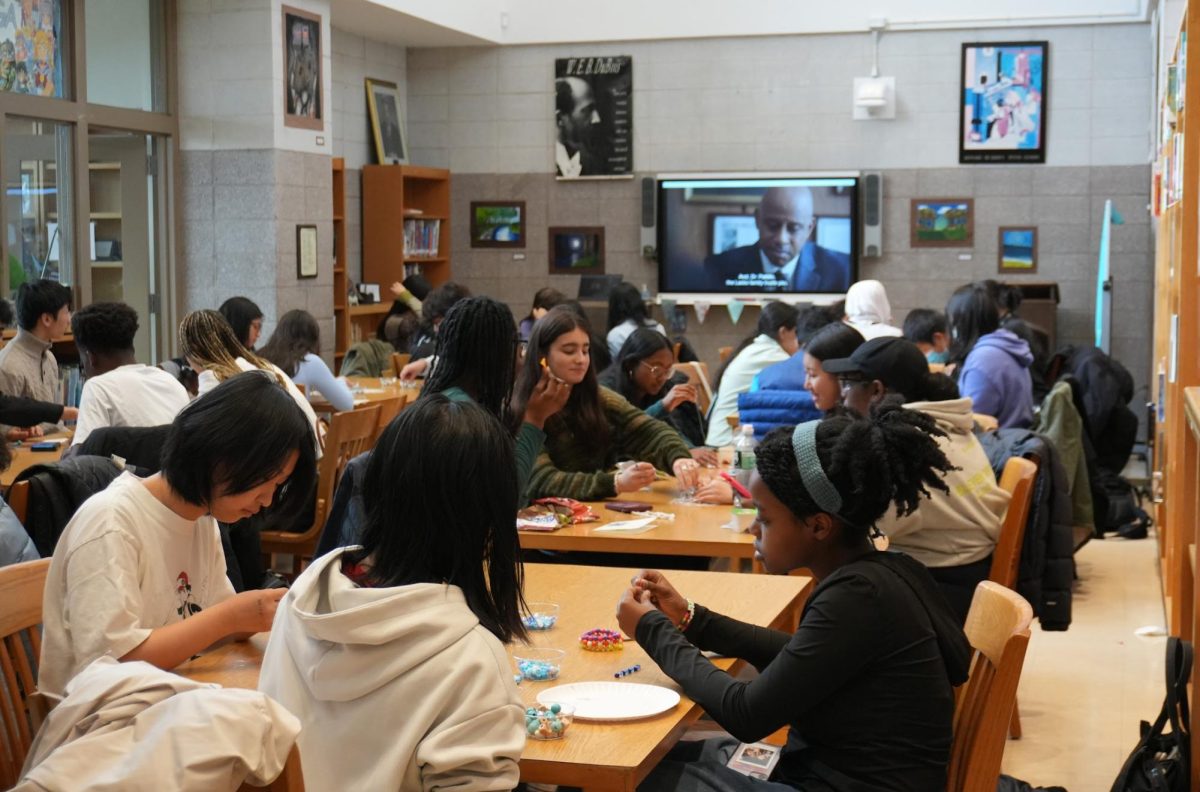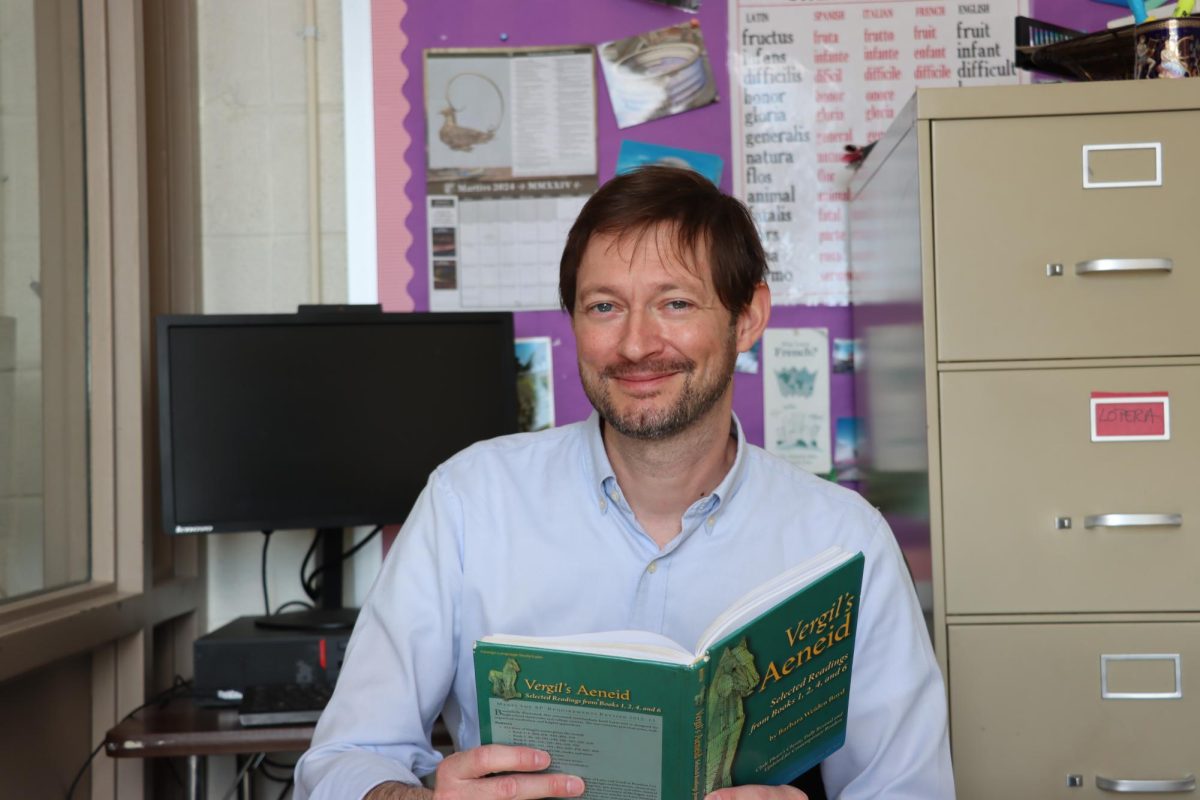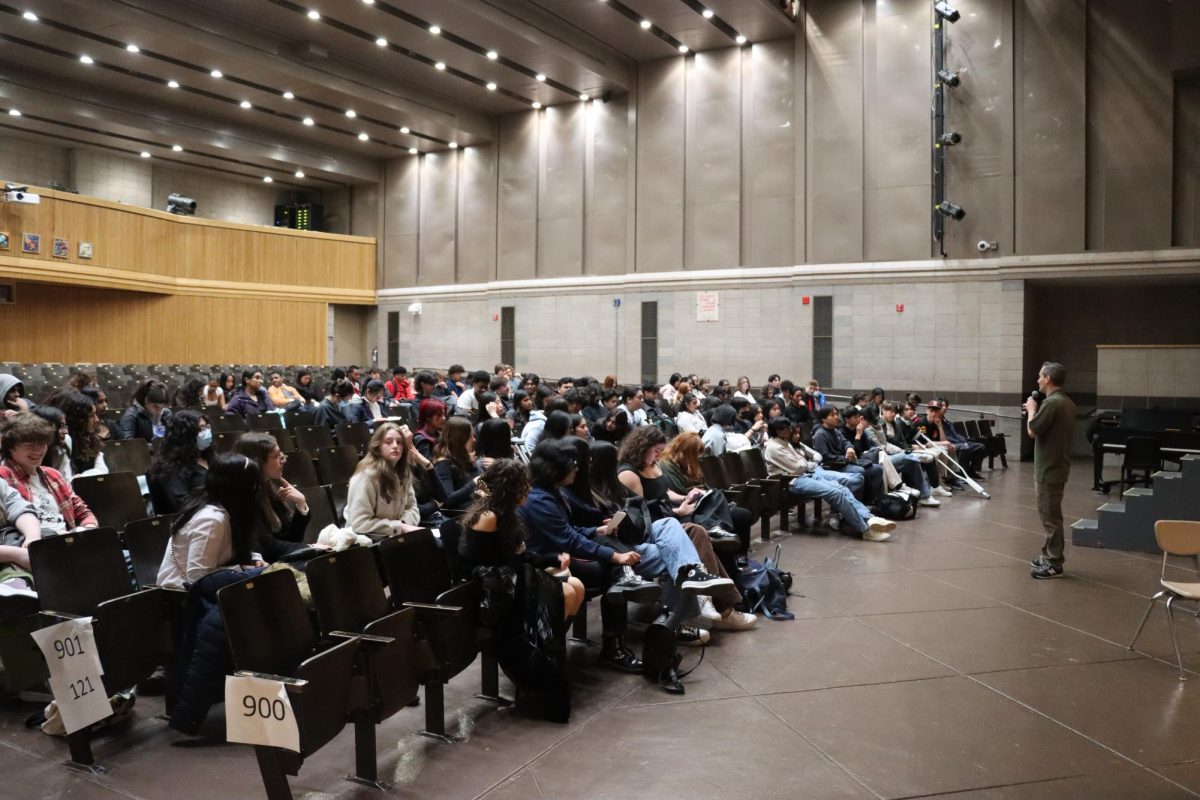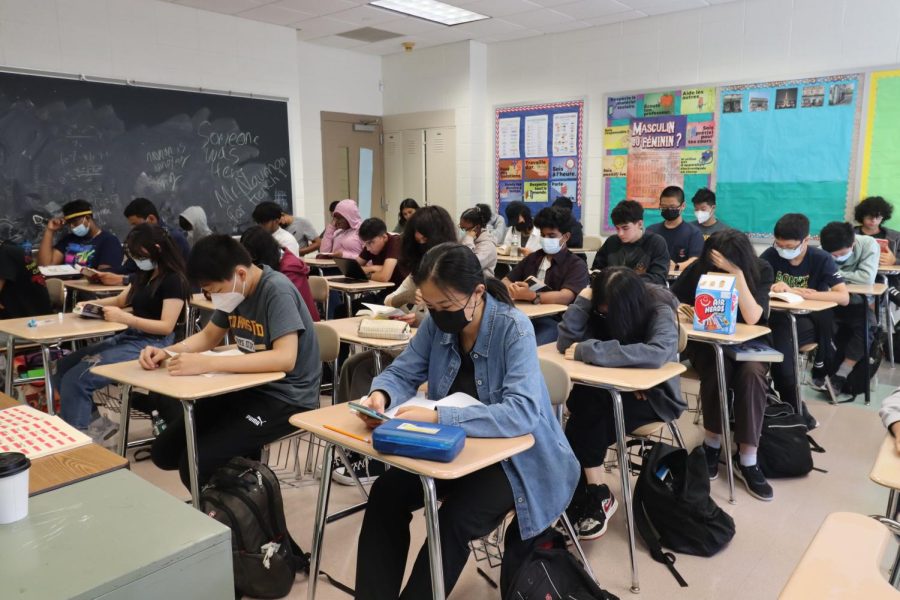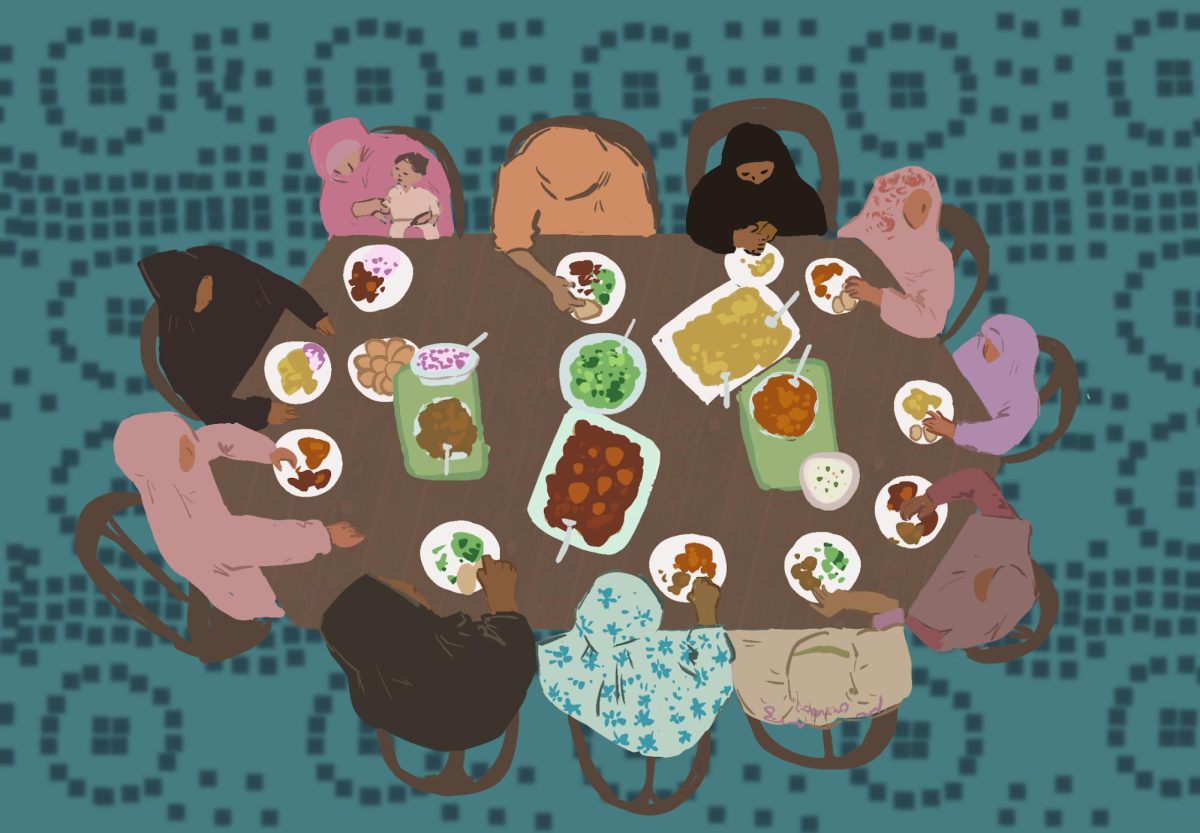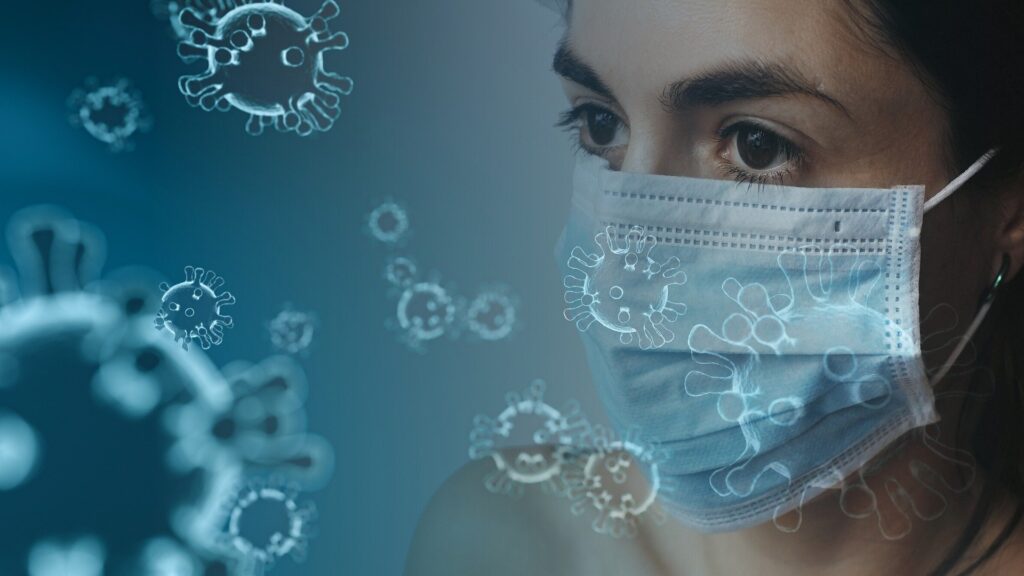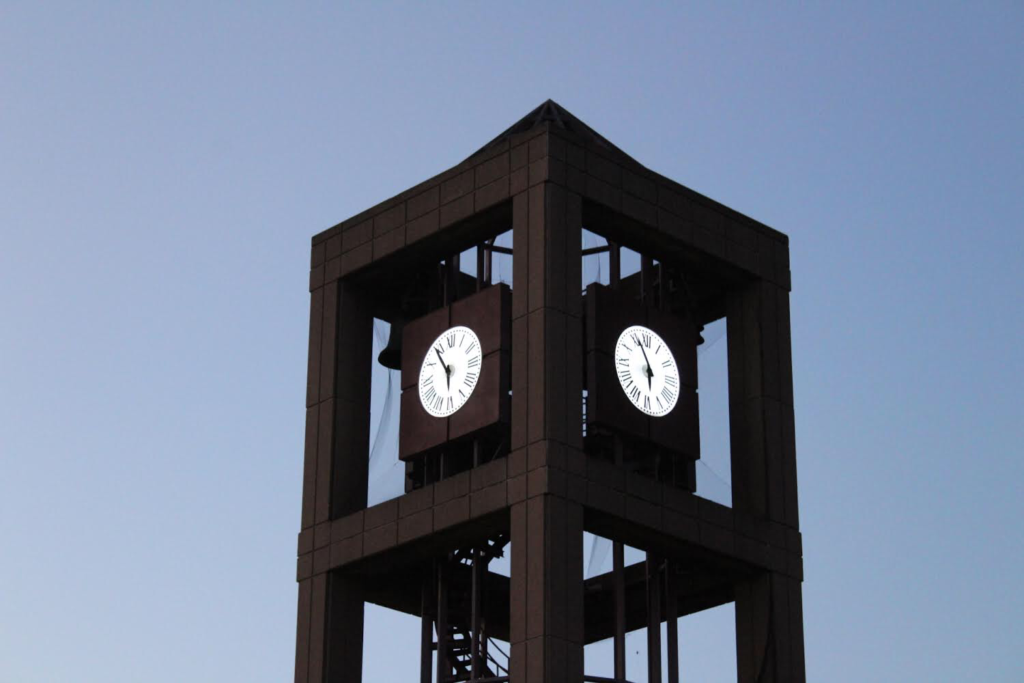
A new strain of the SARS-CoV-2 coronavirus appeared last September. Although the exact origin of this strain is unknown, the coronavirus variant is presumed to have originated in the U.K. Three months later, the U.S. and 33 other countries found this new strain within their borders, with the first U.S. case detected in Colorado late December. Since then, cases of this new strain have appeared in at least eight states. On January 4, New York joined this growing list, becoming the fourth U.S. state to have a confirmed case.
“Well I’d say that I’m not entirely surprised but still disgruntled because I had hoped that we as a country [would] be able to prevent it from entering our borders this time around, but considering how well that went last time, it’s not too shocking,” said freshman Hasana Abdullah.
The strain was detected in a man in his 60s who owns a jewelry store in Saratoga Springs, New York. This patient did not have a recent travel history, leading state officials to speculate that community transmission is responsible for the contraction of the coronavirus strain.
On December 22, the Center of Disease Control and Prevention (CDC) cautioned that ongoing travel between the U.S. and the U.K. may have led the new variant to circulate insidiously and may have already been in the United States. “Alternatively, it may be emerging because it is better fit to spread in humans,” said the CDC.
Governor Andrew Cuomo warned people who may have come into contact with the strain after visiting the jewelry store “between December 18-24 to get tested immediately” in order to quickly detect and control new cases. So far, three people who have come into contact with the store have been tested and confirmed cases of COVID-19, but further tests need to be conducted in order to confirm the presence of the new strain. Contact tracing has also begun to take place.
This new strain is referred to as B.1.1.7., and, according to World Health Organization (WHO) Director General Tedros Adhanom Ghebreyesus, this variant is more transmissible than the original virus. This is supported by analysis from U.K. researchers that suggests that this “U.K. strain could infect an average of 1.5 other people, rather than the 1.1 average for the earlier strain of the coronavirus.” This is because the mutated strain of the virus is “able to bind to the receptors on cells better, and therefore it’s transmitted better,” said Dr. Anthony Fauci, Director of the National Institute of Allergy and Infectious Diseases, in an interview with California Governor Gavin Newsom. This could pose an issue as hospital capacity could quickly run out with more patients contracting the virus due to its higher transmissibility. Although this might cause alarm, Fauci also explained that the virus’s impact on the human body isn’t necessarily worse—it’s generally the same as the original virus.
The coronavirus is a mRNA virus, which is a class of virus that “survive[s] by mutating,” so this new strain of the coronavirus is considered predictable. Generally, when the virus mutates, essentially altering its genetic composition, it doesn’t go through any significant changes. However, lab testing has shown that this coronavirus variant’s mutations seem to increase the virus’s ability to infect cells. Of course, as the strain is just developing, scientists and researchers are conducting further research and observations in order to better understand its nature, and no certain observations about the virus’s transmissibility can be made as of now.
In fact, another variant of the virus, “contains a deletion that is also present in B.1.1.7.[the UK strand],” but there has been no evidence yet to suggest an increased transmission ability, as noted by Michael Worobey, the University of Arizona evolutionary biologist who discovered that variant. CDC scientists have agreed with this, and said that the variant of the virus “has [already] been in the United States for three months and also accounts for fewer than 0.5 percent of cases, so it is unlikely to be more contagious than other variants.” Despite this, the number of COVID cases is still rising in the U.S. with over 200,000 active cases as of today.
In order to control the spread of the virus and limit community transmission, which is when the first person to contract the virus in the community is unidentified, it is important that as many individuals as possible get tested for the virus even if no symptoms show up since some people can be asymptomatic. Community transmission makes it harder to control the outbreak as the virus can then spread from person to person through respiratory drops – frequent testing can help prevent community transmission.
Currently, various public health agencies, including the CDC, are closely observing the situation and the new COVID-19 strain.
According to BBC News Health and Science Correspondent James Gallagher, this strain of the virus most likely originated from a patient who “was unable to beat the virus [due to] a weakened immune system,” causing it to mutate within their body. Although there’s evidence that the vaccine still works on this new strain, if the virus mutates further, the vaccine could potentially be rendered useless against it. The coronavirus could pose a similar situation like the flu in that new vaccines may need to be created every season due to the virus’s constant changing. However, according to the CDC, mRNA vaccines are relatively easy to modify. This is because they use “a DNA template and readily available materials,” allowing the process to be standardized. In addition, the completed vaccines can be rapidly tested in the clinic. Due to this fast development and easy modification process, the current vaccines could be modified in the case that the virus does mutate further.
Still, more than a vaccine is needed to lower the number of COVID cases, which are still rising in New York, with 16,308 recorded cases on January 10. It’s also vital that safety precautions and guidelines are strictly adhered to. “We need to really step up our game in terms of taking precautions and keeping ourselves and others safe” in order to prevent further COVID cases & deaths, said Hasana. Additionally, junior Dorothy Joy Delacruz said, “practicing proper social distancing guidelines and precautions are much, much more important now.”
Image from Pixabay

